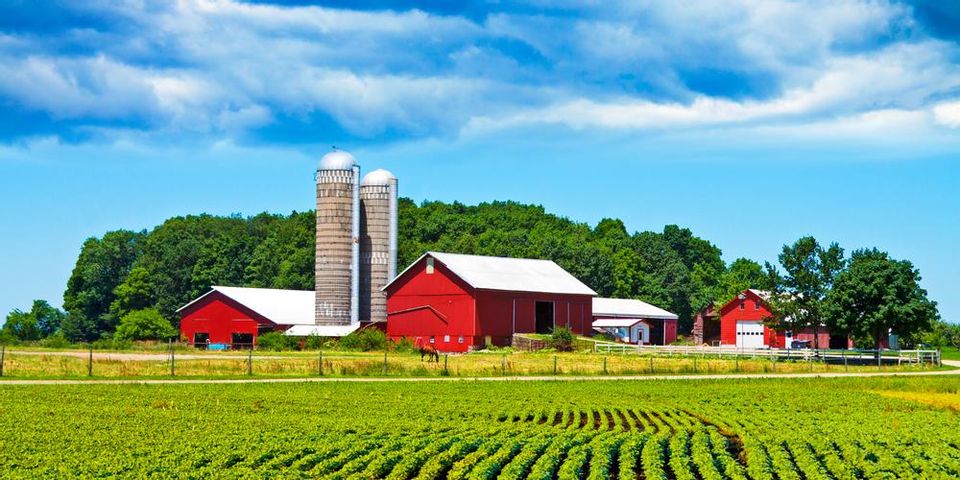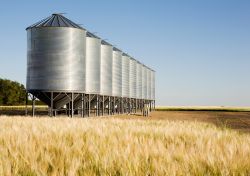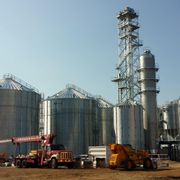
Grain bins and silos are two of the most popular types of grain storage options available today. If you're considering one or the other for your farm, you should first understand their differences. They are made for different purposes, and the information below will help you decide which one you need.
What Are the Differences Between Grain Bins & Silos?
Grain Storage
Bins and silos store different types of grain. Bins store dry grains like shelled corn, oats, wheat, barley, seeds, and soybeans. These are normally sold for human consumption or to make fuel. Silos, on the other hand, store silage—fermented pasture grasses stored to feed livestock during the winter months.
Appearances
 Bins and silos also look a bit different. Both are cylindrical, but grain bins tend to vary in shape. They can be tall and slender or squat and wide. They have peaked roofs and are normally made of metal. Grain silos tend to be taller and slimmer and feature a domed roof. They come in a wide variety of materials, such as brick, concrete, concrete block, metal, or wood.
Bins and silos also look a bit different. Both are cylindrical, but grain bins tend to vary in shape. They can be tall and slender or squat and wide. They have peaked roofs and are normally made of metal. Grain silos tend to be taller and slimmer and feature a domed roof. They come in a wide variety of materials, such as brick, concrete, concrete block, metal, or wood.
Functions
Each grain storage option has a different function. The purpose of a grain bin is to keep the grain dry, undamaged, and free of pests. It must allow enough aeration and maintain temperature and humidity levels to prevent the contents from spoiling. The purpose of a silo is to promote fermentation—i.e., the breakdown of the grasses by bacteria and other microorganisms—to preserve the contents.
Whatever your grain storage needs are, whether it's bins or a silo, you can get what you need from Digman Construction in Platteville, WI. They have been serving agribusinesses in and around Grant County for years. They also specialize in conveyors and towers, as well as grain elevator repair. Visit their website to learn more about their services or call (608) 348-2231 to discuss your options.
About the Business
Have a question? Ask the experts!
Send your question

